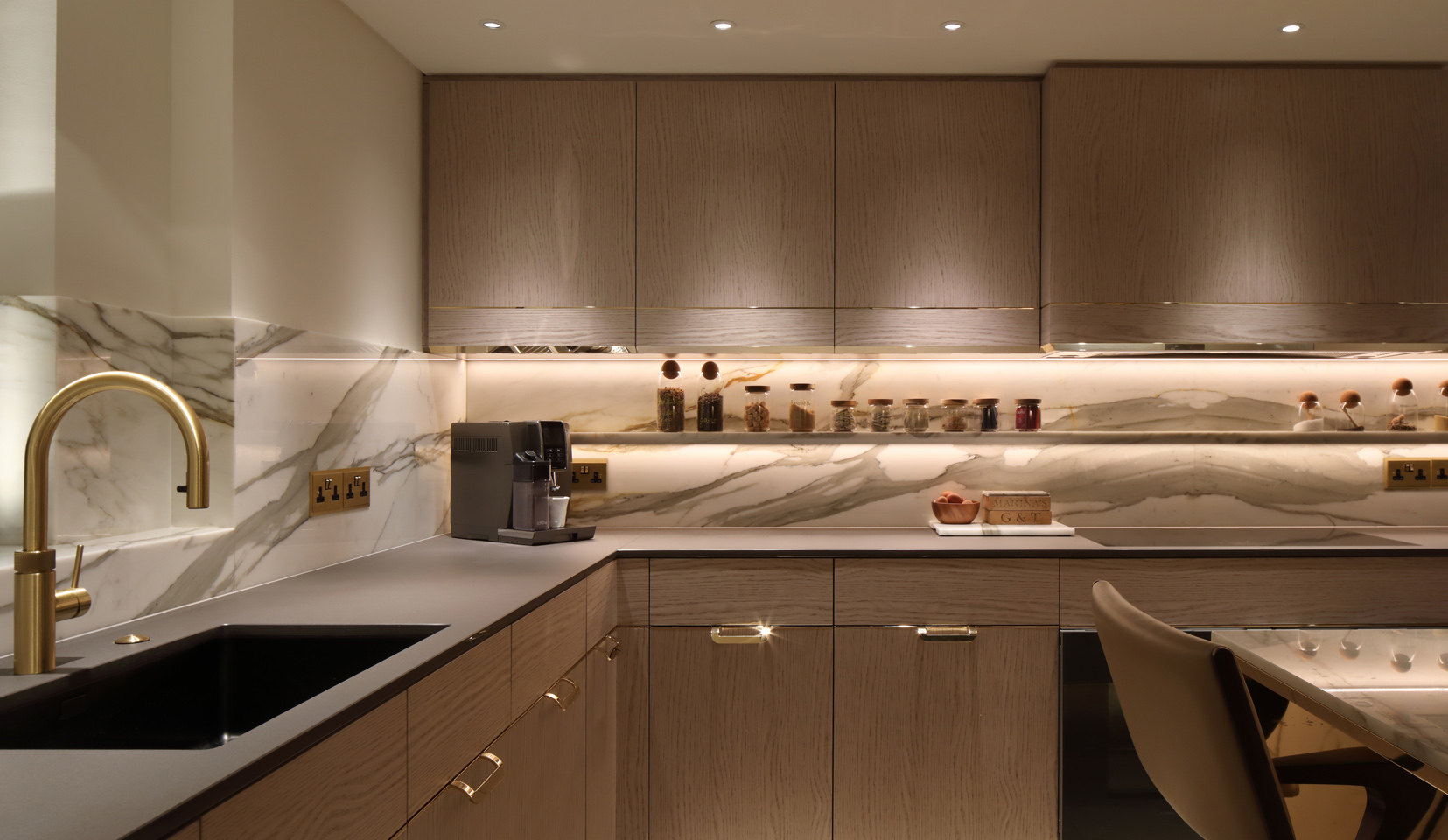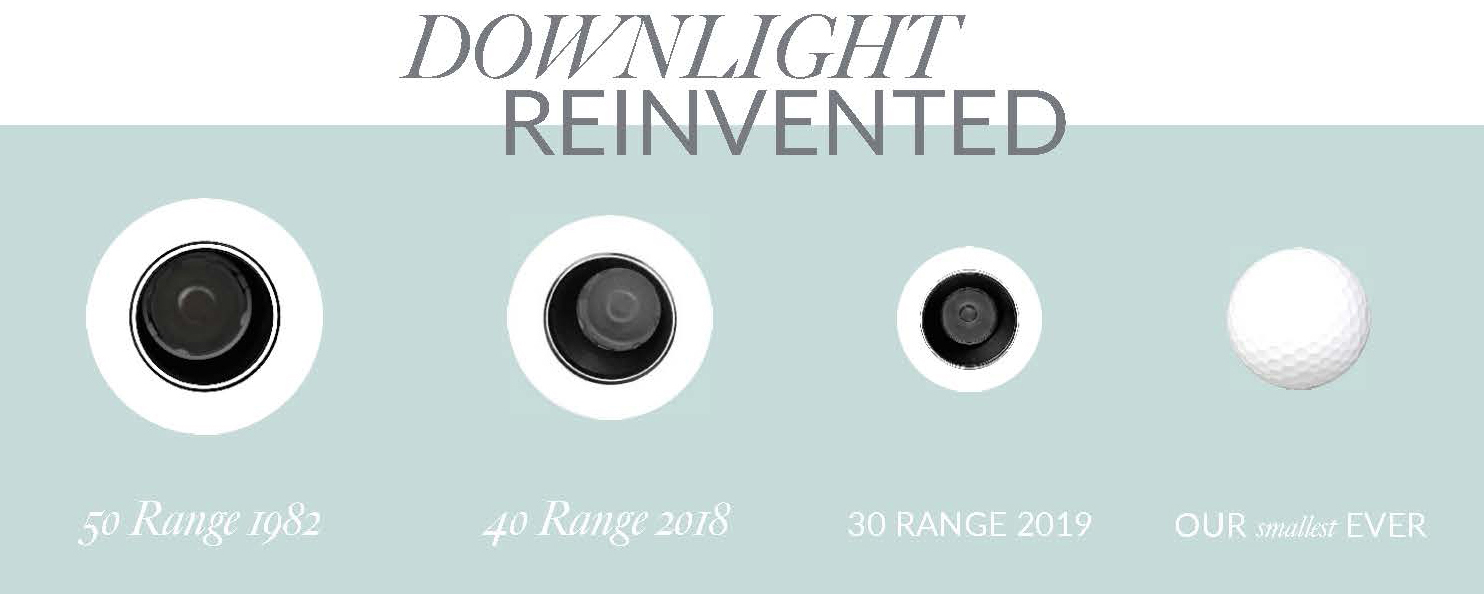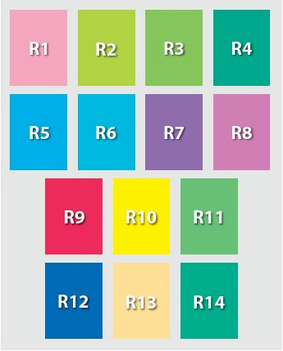by Matt Healey, Product Development Manager

LED has been a viable method of illumination for over ten years now. Changes to legislation and a shift in individuals’ social conscience have lead to LED becoming the preferred technology. However, we are still a way off the theoretical threshold of what an LED could achieve with large amounts of R&D resource being spent on achieving this. This means the focus on standardisation is secondary to the need to offering solutions with the best performing metrics.

At John Cullen Lighting we offer a full range of LED lighting solutions, with our first LED luminaire sold in 2005. The challenge is to select the best LED solution for each luminaire and consistency throughout our portfolio. We do this by considering a number of factors from colour quality through thermal management.

Colour quality, referred as colour rendering, is where we start when choosing the appropriate LED with Colour Rendering Index (CRI) being the current metric. CRI refers to the light source’s ability to accurately render colour compared to a pre-defined control source i.e. its fidelity. This method references 8 colours with each colour being given a rating between 1 and 100. The average of which is stated as a Ra value i.e. 80 Ra. The industry is moving towards a new method called TM-30-15 where the 8 reference colours to measure fidelity are replaced by 99 sample colours, the average of which is stated at Rf. This method also evaluates colour saturation through the colour Gamut index. Saturation is a colours intensity versus white and is also quantified with a value of 1 to 100. Stated as Rg the higher value details the better the rating.

With LED it is important to consider colour consistency. This is because during the manufacture of an LED chip the colour can vary. An LED is essentially grown and although accuracy of this has improved over time consistency is still an issue. The colour consistency is an index relating to a light source’s range of variation in chromaticity (colour) that can be picked up by the human eye. Colour difference is defined by a steps of MacAdam ellipse. The scale is set by ANSI Chromaticity Standard. In short though the smaller the ellipse value (size) the smaller the colour difference.

When considering the bigger picture of luminaire selection you need to factor in thermal management. A common misconception is that LEDs do not generate heat. Although the beam emitted is cool they do, like any other light source, convert power into heat. Lifetime of the LED Chip is directly linked to its operating temperature. Poor thermal management where the LED is operating above manufacture guidelines can also lead to colour shift. There are various methods of doing thermally manage this. At John Cullen we use the body of the luminaire to draw heat away from the LED chip. We do this by careful material selection and considered produce development. A competent manufacturer should fully test their luminaries and be able to offer their clients information such as maximum ambient temperature. Information such as this will ensure the client can be assured of lifetime and colour consistency of their investment in our lighting.
LED selection is getting easier as solution providers become more consistent with their product and data. Confidence comes with suppliers that can back up their claims with tested data and fair warranties.
Take a look at our products to view what we offer, click here.